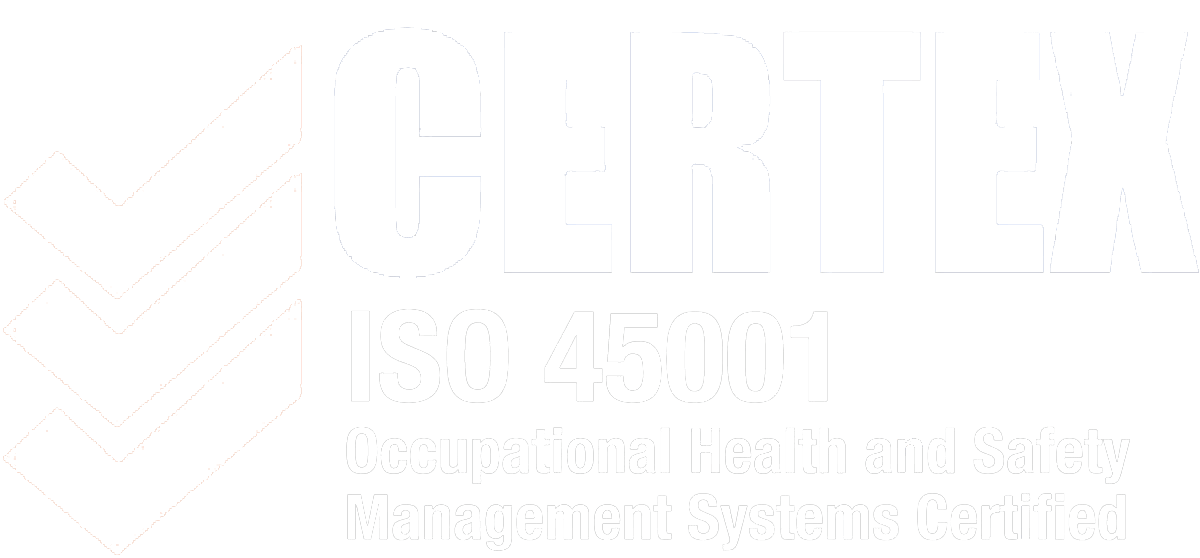How to build a high performing team?
In today's fast-paced business world, the success of any organisation heavily relies on its ability to build and maintain high-performing teams. A high-performing team is not just a collection of talented individuals; it's a group of people who work together efficiently, synergising their strengths to achieve exceptional results. Whether you're a team leader, manager, or a team member looking to enhance your collaborative efforts, these key points will guide you through the fundamentals of building a high-performing team.

Understanding the basics of high-performing teams.
When building a high-performing team, you must first understand what makes a team effective. A high-performing team goes beyond individual excellence and is characterised by its collective achievements. It's a group of individuals who complement each other's skills, share a common vision, and work seamlessly together towards common goals.
What makes a high-performing team?
Shared goals and values.
Having shared goals and values is crucial in building a high-performing team. When team members are aligned on their objectives and values, they work cohesively, reducing conflicts and misunderstandings. To foster this alignment within your team, you can conduct team-building exercises and establish a clear mission statement that reflects the team's values and objectives.
Effective communication.
Open and effective communication is the lifeblood of high-performing teams. A workforce that communicates seamlessly can tackle challenges more efficiently. Implement strategies like regular team meetings, digital collaboration tools, and active listening to enhance teamwork and keep everyone on the same page.
Trust and psychological safety.
Building trust and creating a psychologically safe environment is vital. It encourages team members to take risks, share ideas, and provide constructive feedback without fear of reprisal. Foster trust through team-building activities, mentorship programs, and consistent support for individual growth. A safe environment promotes creativity and innovation.
Prioritising mental health in high-performing teams.
Mental health is a crucial element in the success of high-performing teams. When individuals are not only valued for their contributions but also supported in their well-being, the results can be transformative. Fostering mental health not only enhances team dynamics but also creates a positive work environment. Prioritising the mental health of your team members can lead to reduced stress, increased motivation, and higher job satisfaction.
For com
prehensive insights and resources on promoting mental well-being within your team, the Drake WellbeingHub is your go-to resource. By investing in your team’s mental health, you ensure that they can perform at their best and make significant contributions to your high-performing team's overall success.
Focus on the achievement of collective results
High-performing teams excel at setting and achieving clear objectives. This means defining Specific, Measurable, Achievable, Relevant, and Time-bound (SMART) goals that are shared and understood by all team members. Establish a system for tracking and measuring progress toward these objectives.
How to measure high-performing teams
Key performance indicators (KPIs)
Measuring the performance of your team is essential to track progress and identify areas for improvement. Define key performance indicators (KPIs) that align with your team's objectives and regularly evaluate how well your team is meeting these targets.
Establish feedback loops to monitor performance and foster a culture of continuous improvement. Regularly solicit feedback from team members and stakeholders. Use this input to make iterative enhancements to your team's performance, addressing weaknesses and capitalising on strengths.
Building a high-performing team is not an overnight process, but the rewards are significant. It's about more than just individual capabilities; it's about the collective strength, cohesion, and shared purpose of the team. By understanding the basics of high-performing teams, fostering a culture of trust, and focusing on the achievement of collective results, you can improve your team's performance and, in turn, contribute to your organisation's success. Keep measuring and improving, and you'll be well on your way to building a high-performing team that excels in any endeavour.
Are you looking to hire new talent? Contact Drake today and one of our friendly consultants will be in touch.
 CA-EN
CA-EN UK
UK AU
AU US
US NZ
NZ PH
PH ZA
ZA SG
SG HK
HK






